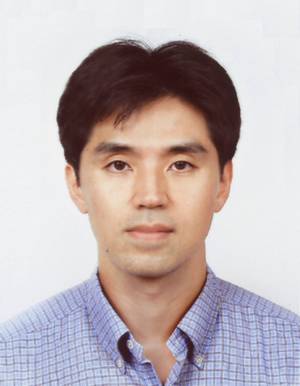MICL Seminar
CMOS sensors: from cardiovascular signal to environmental monitoring
Add to Google Calendar

With the emergence of IoT and wearable health-care devices, low-power sensors are becoming increasingly more important. In this talk, circuit techniques for low-power CMOS sensors will be presented. First, techniques that allow CMOS to be used as sensing element will be shown. By exploiting the non-idealities of standard CMOS process such as changes in surface conductivity and dielectric constant, it will be shown that humidity and pressure can be sensed in a standard CMOS process without any post-processing. In the second part of the talk, circuit techniques for wearable cardiovascular monitoring devices will be presented, which address challenges such as electrode contact variation in ECG sensors and bulky cuffs in blood pressure monitors. Proposed circuit solutions include ultra-high input impedance analog front-end for ECG and pulse arrival time (PAT) using body-channel communication for blood pressure tracking. Experimental results from CMOS prototypes will be shown.
SeongHwan Cho received the B.S. degree in electrical engineering from KAIST, Korea, in 1995, and the S.M. and Ph.D. degrees in EECS from MIT, Cambridge, MA, in 1997 and 2002, respectively. In 2002, he joined Engim, Inc. Acton, MA, where he was involved in data converters and phased-locked loop (PLL) design for IEEE 802.11abg WLANs. Since November of 2004, he has been with KAIST in the department of EE, where he is now a professor. He was with Marvell Inc., CA, and Google, UK, during 2011-2012 and 2016-17, respectively as a research scientist. Prof. Cho's research interests include analog and mixed-signal circuits for low power communication systems, health-care devices and CMOS sensors. Prof. Cho was the co-recipient of the 2009 IEEE Transactions on Circuits and System Society Guillemin-Cauer Best Paper Award and 2012 ISSCC Takuo Sugano Award for Outstanding Far-East Paper. Prof. Cho has served on the Technical Program Committee on several IEEE conferences, including ISSCC, Symposium on VLSI and A-SSCC. He has served as associate editor of IEEE Journal of Solid-State Circuits, IEEE Trans. on Circuits and Systems-I, and Distinguished Lecturer of IEEE Solid-State Circuits Society. He has twice received outstanding lecturer award from KAIST.
 MENU
MENU 
